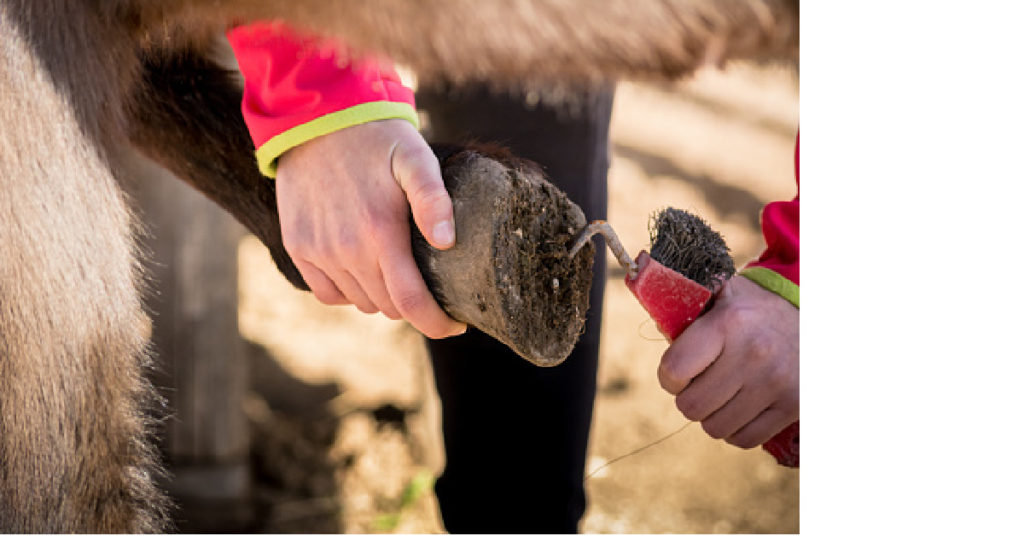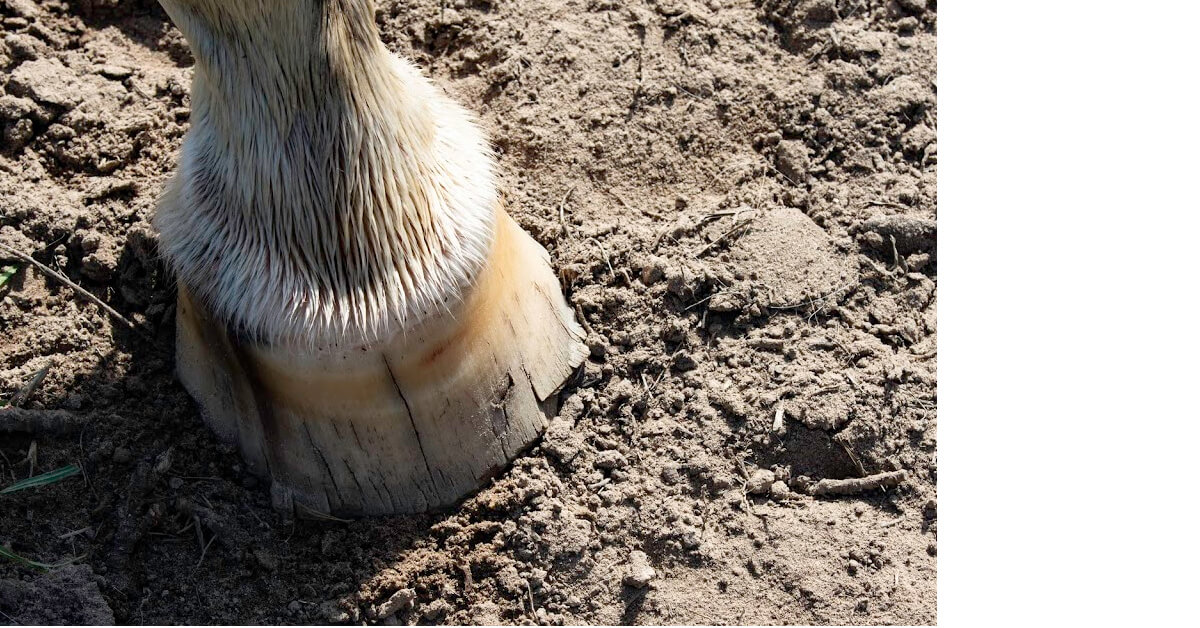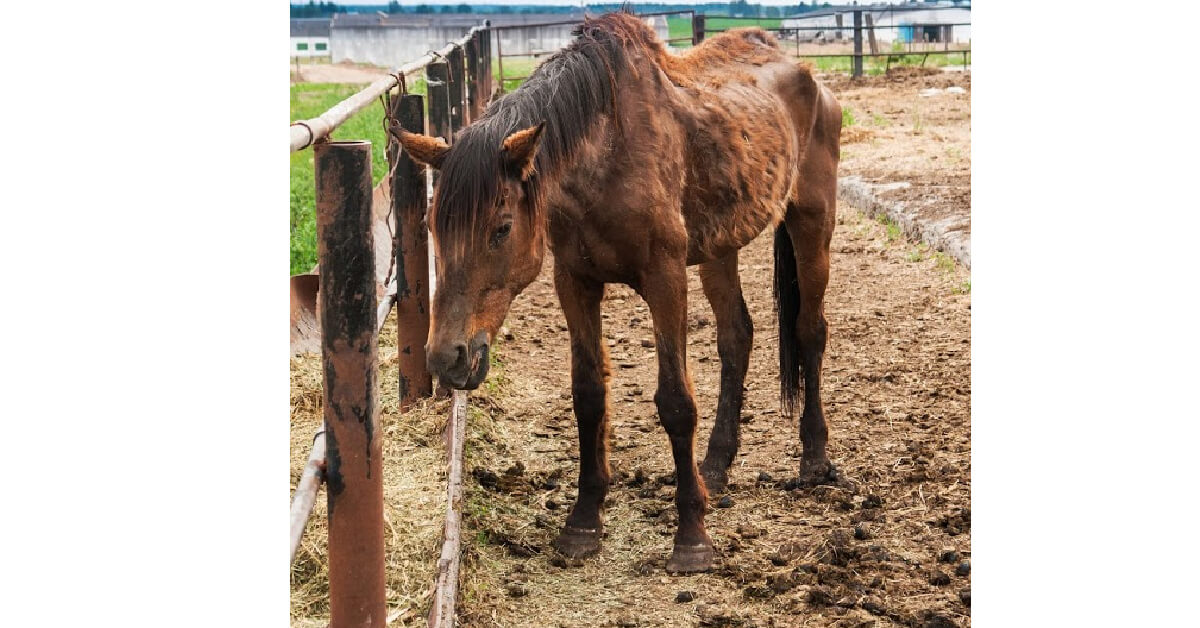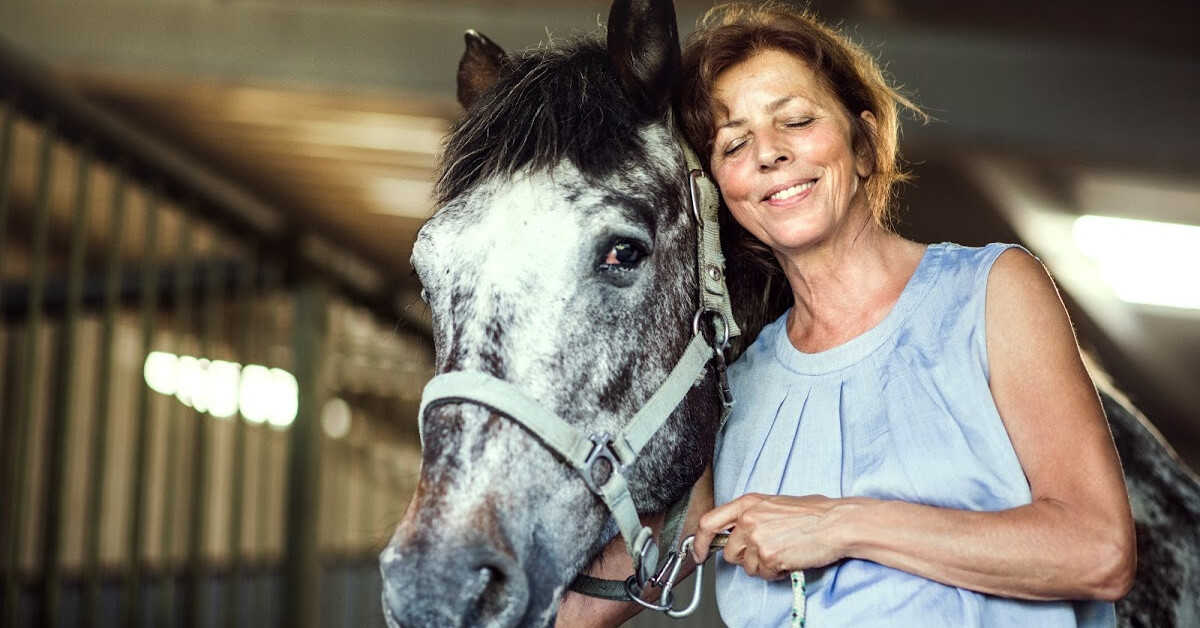“No hoof, no horse.”
This post is in a series about horse hoof health. In the series of “no hoof, no horse,” you will see multiple reasons why daily hoof care and regular farrier visits, as well as bodywork with equine practitioners, can help a horse stand on all four feet, happy and pain-free. Knowing horse hoof problems will help spot unhealthy horse hooves before, during, and after purchasing a horse.
3 reasons why it is important for those New to Horses to understand horse hoof health and be able to detect unhealthy horse hooves
A new horse person needs to know what a healthy hoof and a sick hoof look like. And whether the problem they detect is minor or has the potential to be a major problem. Knowing how to detect unhealthy horse hooves will be vital to future potential investment, which includes cost and time and avoids catastrophic results.

1.Those new to horses need to understand how to identify and care for hoof problems when considering the purchase of an afflicted horse, such as fever rings on the pictured hoof above. These rings could mean the horse has a history of laminitis. At the least, it shows a horse has had many feed changes

2. A new horse person should be able to identify horse hoof problems while a horse is in their care, whether a lesson horse, or one they own, lease, or are borrowing. This picture is showing an abscess.
See the “no horse no hoof” series to identify problems that may occur while a horse is in your care.

3. While leasing, caring, or owning a horse. A person must know-how and feel comfortable picking up a horse’s hoof. This will enable that person to see any changes that occur to a horse’s hoof. And they must know what changes are easily taken care of and those that need a veterinarian’s care.
https://newtohorses.com/horse-hoof-problems-easily-avoided-with-these-four-valuable-steps/
Understanding the typical hoof problems and how to care for them will help a new owner in deciding to buy or adopt a horse.
Knowledge about hoof problems can indeed help prevent owning a horse with unhealthy hooves. But above all, a potential owner should order a pre-purchase vet check or exam. It needs to be done by a reputable and trustworthy veterinarian. Preferably a veterinarian that is new to the horse and seller. If there are issues with the horse’s feet at inspection, they should help advise a new owner on whether it is worth getting the horse. A new owner should not attach themself to a horse or pony until a PPE Pre-Purchase Exam is performed. That will help to alleviate heartache if the vet recommends that they do not purchase. Below are 4 important posts for a person looking to bring a new horse home.

Environmental, biological, and biomechanical influences effect horse hoof health.
Environmental circumstances can affect a horse’s hooves. Various weather conditions can play a big part in a horse’s hoof health. Rain over periods of time can leave the ground muddy, and manure piles can drain into where a horse is standing. This can cause bacterial issues inside the hoof. Weather that changes from wet to dry can cause the hoof to dry out too quickly and creates cracks for bacteria or small stones to enter. Dry weather can create dry hooves, which lead to many other issues.
Biology such as the nutrients a hoof needs to be healthy and strong. Most horses are healthy enough not to need supplements. However, many supplements help maintain a healthy, flexible hoof. I always used SmartPak, as they do the research and explain what each supplement does. They also help you know if your horse needs supplements at all. But, your veterinarian’s advice should be a big part of your decision to add any supplement to a horse’s diet.
Biomechanically, a horse’s hoof needs to be trimmed or shod by a farrier so that the horse’s job does not create wear and tear on the legs, tendons, and muscles, potentially affect the way the rest of the body works. Just like humans’ feet affect their balance and body alignment, a farrier can help a horse with its body alignment and comfort levels—farrier’s work well with other practitioners, including veterinarians, to help a misaligned horse. Be sure to include all your “care team” in the decision each one suggests and, finally, the decision you make in your horse’s care.
Avoiding heavy vet bills and time out of the saddle. Unhealthy horse hooves could be due to improper nutrition

Horses that come from auctions, rescues, or abuse cases will most likely not have had a good lifestyle. These horses tend to have nutritional deficiencies, past disease history, and behavior issues. All can attribute to poor hoof health.
A person new to horses needs to be aware of these issues and be financially and emotionally ready to tackle problems like these when looking to “save” a horse.
A horse with compromised health due to starvation will need good food and supplements to get his body back in healthy, working order. They may need continued maintenance for the rest of their lives. The best source for finding out what to give a horse with compromised health and hooves is an Equine Nutritionist or your Veterinarian. Always have a PPE done on any horse you bring home. Good horsemanship means being prepared.
Some horses are pre-disposed to have hoof problems.
Like humans, horses can have different physical constitutions, which means that some horses are pre-dispositioned to have hoof problems, and some will not.
A reputable and experienced farrier is vital to horse ownership
It is essential to have a reputable farrier with experience and knowledge of horse hoof health and biomechanics. They need to know how to trim a horse hoof with or without shoes properly. Doing so can keep a horse’s body aligned correctly and comfortably support a 500-2000 lb. horse or pony.
A farrier can trim and shoe a horse’s hoof to encourage proper healing from a disease, illness, or injury and problems compromised by the horse’s irregular movement, conformation.
Also, a farrier needs to understand how each hoof is affected by its lifestyle, whether it participates in a specific discipline, trails, or just being retired.
I hope you enjoyed this post.
Please let me know who you are!

